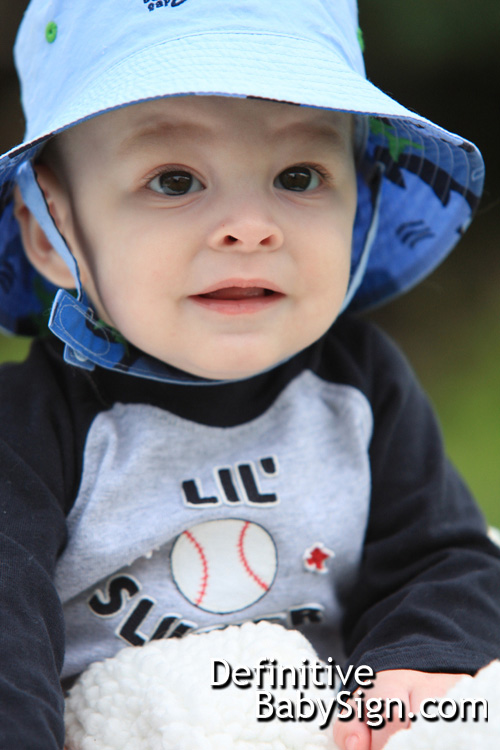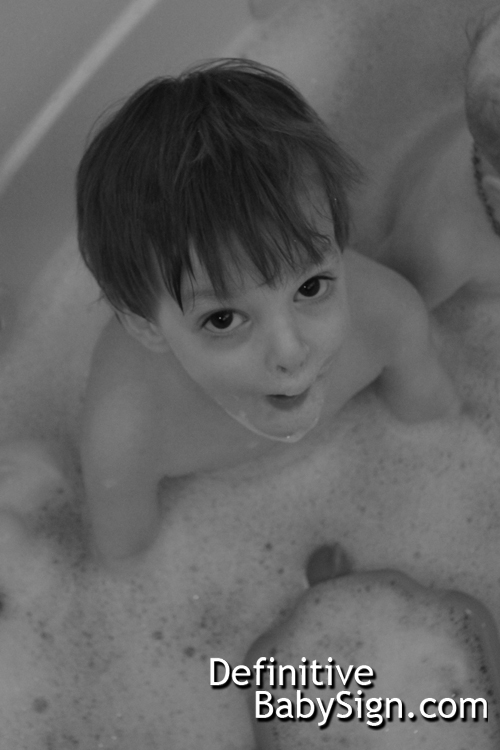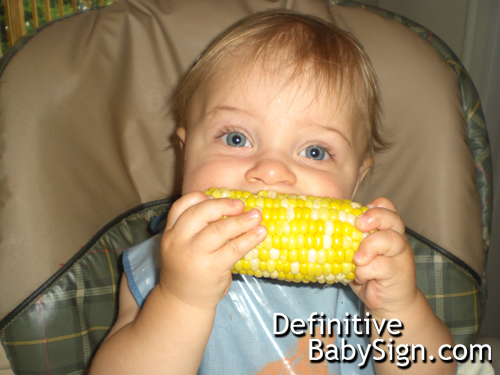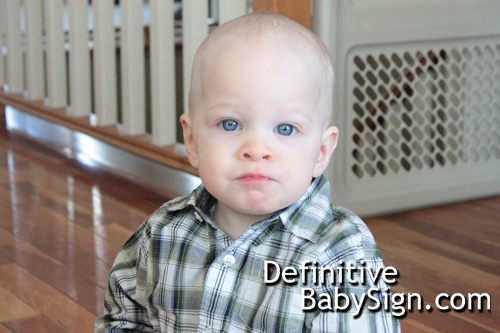 To be truly successful at signing, you should involve as many people in the process as possible. Any willing grandparents, aunts, uncles, family friends and caregivers should be armed with any signs your baby is working on and especially ones he or she already knows.
To be truly successful at signing, you should involve as many people in the process as possible. Any willing grandparents, aunts, uncles, family friends and caregivers should be armed with any signs your baby is working on and especially ones he or she already knows.
If your baby spends time at a daycare, you would best be served if you chose one who had a signing program already in place. We don’t always have that luxury and sometimes even good daycares don’t have it on their list of benefits. If you can, inform them about baby sign language and provide them with a short tutorial on which signs your baby is doing. You can often convince the daycare to use more sign once they see first hand the benefits to signing. Really, it doesn’t take a long time for an adult to learn the 20 or so main signs most babies at daycare do, so if your daycare provider shows a lot of resistance you might wonder why this is so.
When around the extended family operate as the go-between for signs. In other words, you want to act like a translator as you bring Grandma and Grandpa up to speed. Sometimes older folks show more resistance, but that doesn’t mean aunts and uncles couldn’t show a certain amount of hesitation. Be especially cautious around relatives who look at signing in a negative light. Usually this can be cleared up quickly with a short conversations surrounding all the benefits to signing, but even then, sometimes people hold onto their views regardless. This is sometimes inevitable, and in the end, this will have been their loss and it will be you who says “I told you so” when your baby has such a huge head start on their communication skills.
Whatever your particular situation is, try to get as many people onboard as possible. The more ways your baby sees signs, the quicker they will learn the power that communication wields!




